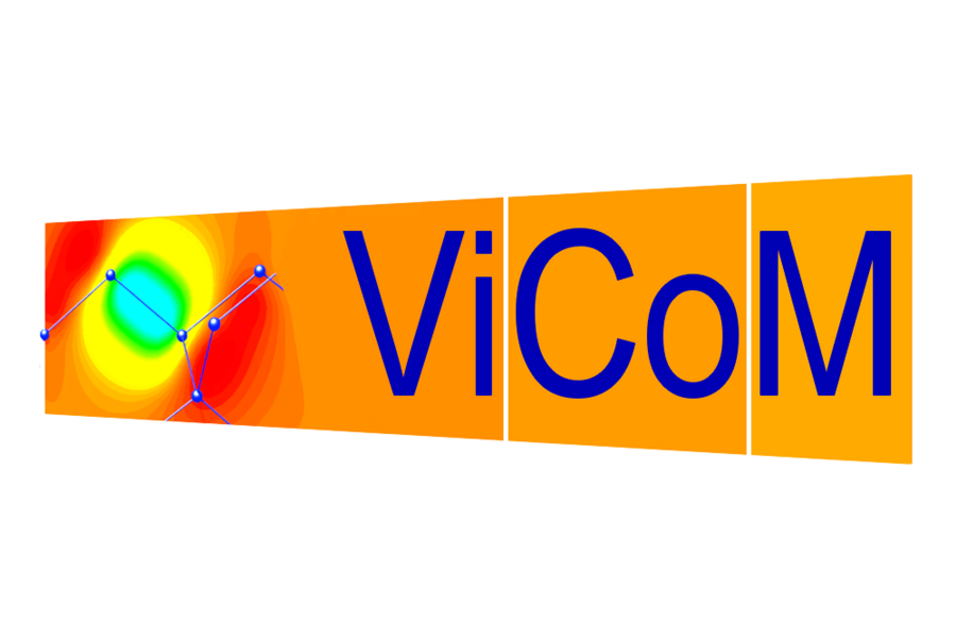Recent experiments have clearly demonstrated that the non-equilibrium dynamics can induce many intriguing physics in strongly correlated materials. Among them, the most striking is the discovery of photo-induced transient superconducting behaviors in some of high-Tc cuprates and alkali-doped fullerenes. It has also been shown theoretically that superconductivity can be enhanced or induced by pulse irradiation in models for these materials. However, the main focus so far, both experimentally and theoretically, is a photo-induced state that may already exist in the equilibrium ground state phase diagram. Here, employing unbiased numerical methods, we show that pulse irradiation can induce superconductivity as photoinduced excited states in the Mott insulator of the Hubbard model. The superconductivity is due to the η-pairing mechanism and exhibits the pair-density-wave like staggered off-diagonal long-range correlation. Since the superconductivity is absent in the ground state phase diagram, i.e., not induced by photo-doping of carriers or due to a dynamical phase transition by effectively changing the physical parameters, our finding provides a conceptually different pathway to a non-equilibrium control of unraveling hidden excited states and may also give an alternative interpretation for the enhancement of superconductivity observed in the recent experiments.
This work is in collaboration with T.Kaneko, T. Shirakawa, and S. Sorella.
[1] T. Kaneko, T. Shirakawa, S. Sorella, and S. Yunoki, arXiv: 1809.01865.

